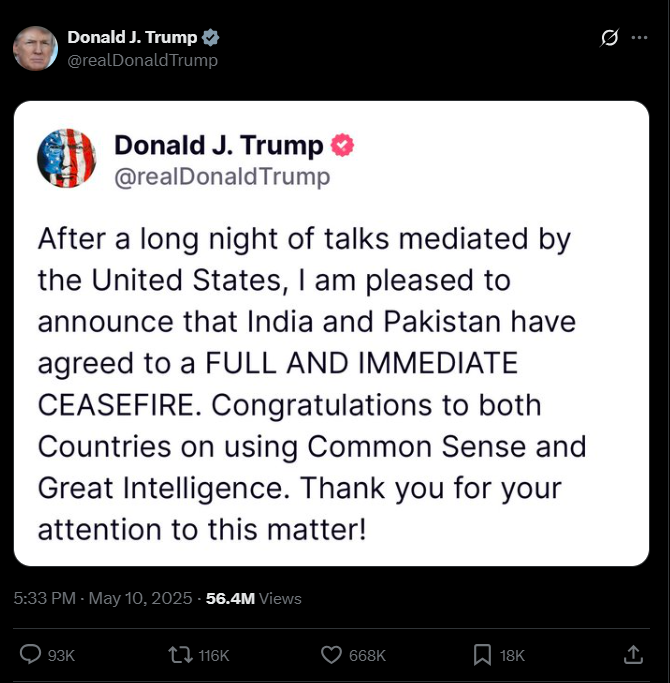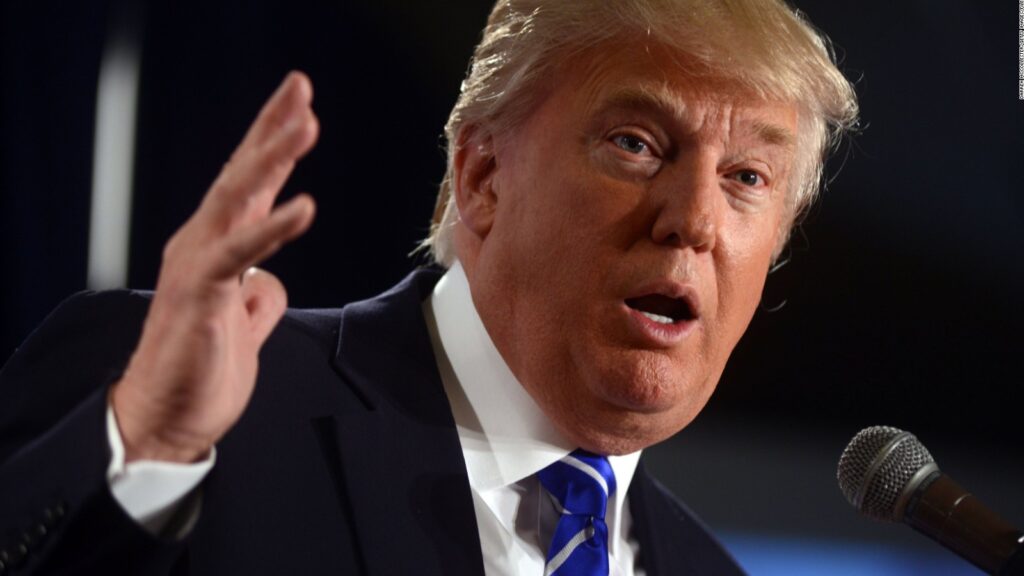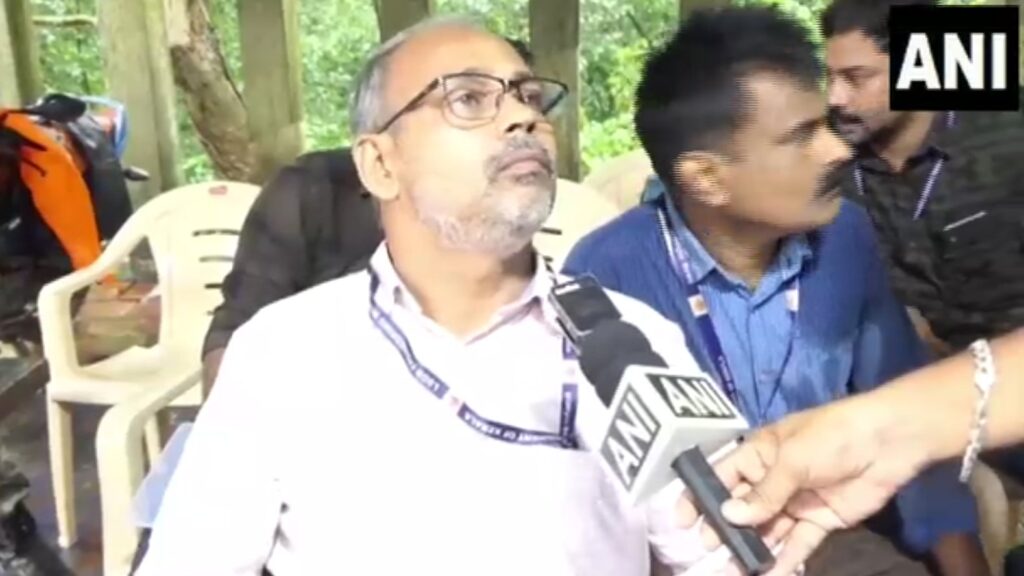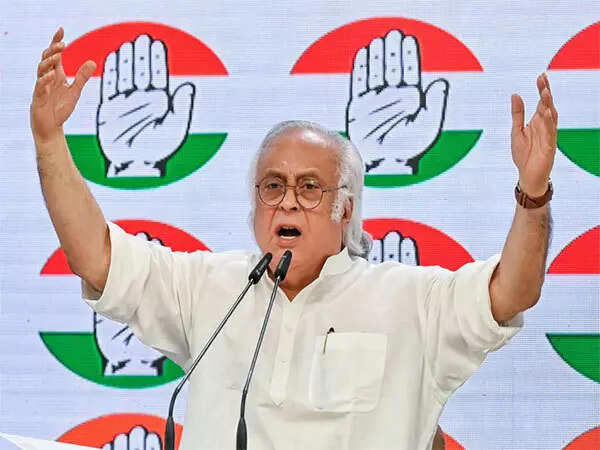How a U.S.-Mediated Ceasefire Halted Escalating Tensions After the Pahalgam Attack
On May 10, 2025, U.S. President Donald Trump announced a ceasefire between India and Pakistan, a significant step toward de-escalating tensions that had spiked following a terror attack in Pahalgam. President Donald Trump took to Truth Social to share a major diplomatic breakthrough. He wrote, “After a long night of talks mediated by the United States, I am pleased to announce that India and Pakistan have agreed to a FULL AND IMMEDIATE CEASEFIRE. Congratulations to both Countries on using Common Sense and Great Intelligence. Thank you for your attention to this matter!” This announcement came after days of intense military exchanges between the two nations, raising fears of a larger conflict.

India’s Foreign Secretary Vikram Misri confirmed the ceasefire, stating it took effect at 5 p.m. IST, with both sides agreeing to stop all firing and military actions on land, air, and sea.
The Context: Rising Tensions After Pahalgam Attack
The ceasefire followed weeks of escalating conflict between India and Pakistan, triggered by a terror attack in Pahalgam, Jammu and Kashmir, on April 22, 2025. The attack killed 26 people, mostly tourists, and India blamed Pakistan for supporting the perpetrators, a charge Pakistan denied. In response, India launched Operation Sindoor on May 7, targeting nine terror camps in Pakistan and Pakistan-occupied Kashmir, killing several high-profile terrorists linked to Lashkar-e-Taiba and Jaish-e-Mohammed. Pakistan retaliated with missile strikes on Indian military sites, leading to days of cross-border shelling. At least 13 civilians were killed in Pakistani Kashmir, and over 50 were injured, while five civilians died in Indian Kashmir. The nuclear-armed neighbors’ actions heightened global concerns about a potential full-scale war.
Global Mediation Efforts by the U.S. and G7
The U.S. played a key role in mediating the ceasefire, with Secretary of State Marco Rubio and Vice President JD Vance engaging with leaders like India’s Prime Minister Narendra Modi and Pakistan’s Prime Minister Shehbaz Sharif over 48 hours. Rubio noted that both countries agreed to start talks on broader issues at a neutral site, commending their leaders for choosing peace. The G7 nations—Canada, France, Germany, Italy, Japan, the UK, and the U.S.—along with the European Union, also issued a statement on May 10, condemning the Pahalgam attack and urging immediate de-escalation. They encouraged India and Pakistan to engage in direct dialogue for a peaceful resolution. However, India downplayed U.S. involvement, asserting the ceasefire was negotiated directly between the two nations, while Pakistan thanked Trump for his role.
Challenges Ahead for Sustaining Peace
Despite the ceasefire, challenges remain. Hours after the announcement, explosions were reported in Srinagar, with Jammu and Kashmir Chief Minister Omar Abdullah questioning the truce’s stability on X. Reports of shelling in Akhnoor also emerged, indicating potential violations. India’s External Affairs Minister S. Jaishankar reaffirmed India’s firm stance against terrorism, signaling that any future provocations would be met with a strong response. The long-standing Kashmir dispute, which has fueled conflict since 1947, continues to be a major hurdle. For the ceasefire to hold, both nations must address underlying issues through sustained dialogue, while international actors like the U.S. and G7 monitor compliance to prevent further escalation.





















